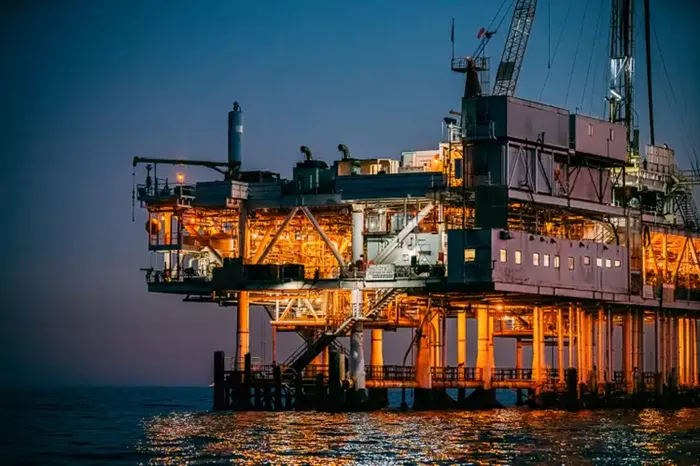ExxonMobil has officially withdrawn its application to store carbon dioxide (CO2) beneath the seabed of the Bass Strait, although it remains committed to advancing its carbon capture and storage (CCS) plans.
The oil giant had initiated a feasibility study two years ago to explore the possibility of using a decommissioned platform to store up to two million tonnes of CO2 annually in the depleted Bream oil and gas field. Initially, the project was expected to begin operations by 2025. However, ExxonMobil withdrew its application for Commonwealth environmental approval last week.
An ExxonMobil spokesperson explained that the South East Australia CCS Project had originally considered utilizing the Bream A platform for CO2 storage. “While we still believe the Bream field could serve as an appropriate CO2 storage site, we have decided that the Bream A platform is no longer necessary for any CCS project. As such, we will proceed with decommissioning the platform in accordance with our regulatory obligations,” the spokesperson stated.
In 2021, offshore regulator NOPSEMA mandated ExxonMobil to plug 180 wells and begin dismantling 10 platforms, including the Bream A, by September 2027. The regulator highlighted concerns over the deteriorating condition of the facilities due to delayed decommissioning, warning that further delays could compromise safety and environmental standards. Had the Bream A platform been deemed suitable for carbon storage, ExxonMobil may have been able to postpone the costly decommissioning process.
In December 2024, ExxonMobil contracted European company Allseas to remove up to 12 platforms using its Pioneering Spirit vessel, capable of lifting up to 48,000 tonnes. The decommissioning campaign is scheduled to begin in late 2027 and is expected to take three to four months.
Despite the Bream A platform no longer being part of its plans, ExxonMobil maintains that the Gippsland Basin, where the Bream field is located, possesses the potential to support CCS efforts. “The Gippsland Basin remains a world-class oil and gas field, and we continue to explore opportunities to utilize the Bream reservoir for CCS, as well as other gas fields and associated infrastructure still in operation,” the spokesperson added.
Energy finance analyst Kevin Morrison of the Institute for Energy Economics and Financial Analysis remarked that ExxonMobil’s decision highlights the challenges faced in developing successful CCS projects. He pointed to the company’s history of struggling to meet CO2 capture targets, citing persistent technical difficulties.
Morrison also referenced ExxonMobil’s involvement in Chevron’s Gorgon project off the coast of Western Australia, where a CCS system has been operating at just one-third of its intended capacity nearly a decade after gas exports began. He noted that ExxonMobil’s setbacks with CCS projects contradict the optimistic narrative pushed by some proponents, which often oversimplify the process of injecting CO2 into oil and gas reservoirs.
“Hopefully, this move by ExxonMobil will encourage greater scrutiny of CCS projects that aim to repurpose existing production infrastructure while deferring decommissioning obligations,” Morrison said.
ExxonMobil’s decision also draws attention to other offshore oil and gas fields in Australia where CCS initiatives are being considered, including:
- Cliff Head platform off Dongara, Western Australia (Triangle Energy and Pilot Energy)
- Reindeer platform off the Pilbara coast (Santos)
- Angel platform off the Pilbara coast (Woodside, BP, Mitsubishi, and Mitsui)
- Bayu Undan platform in Timor Leste waters north of Darwin (Santos)
Additionally, it’s worth noting that ExxonMobil’s oil and gas facilities in the Bass Strait are jointly owned, with Woodside holding a 50 percent stake.

